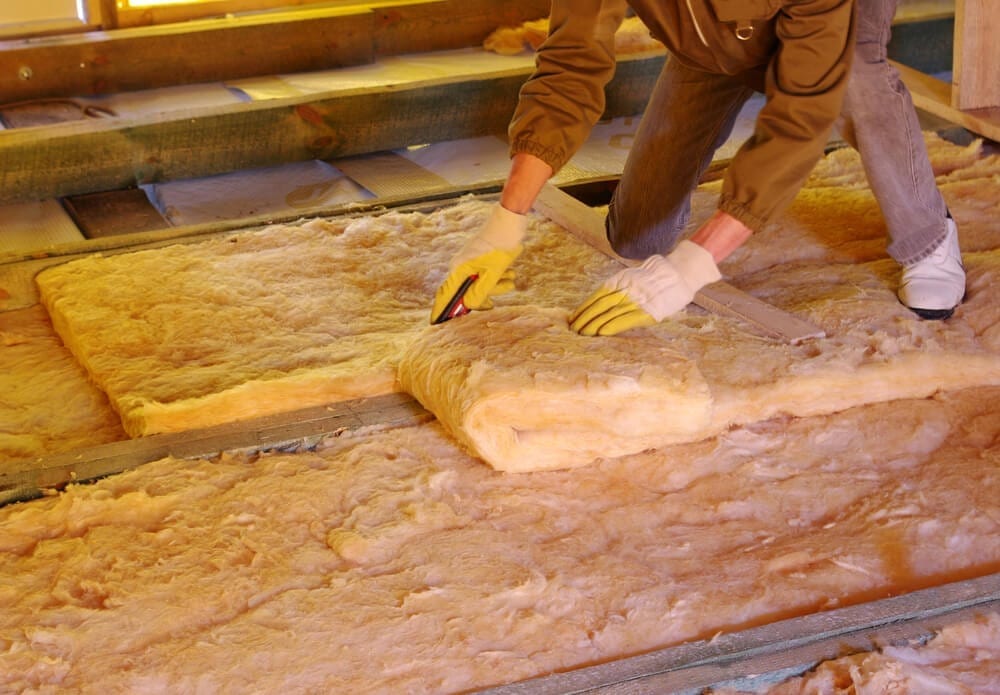It’s becoming hard to choose the right insulation, what with all the different options available.
It’s even more challenging when you have to think of how each house is built differently. For example, houses with solid walls are much harder to insulate.
We’ve compiled a list of aspects you should watch out for. It will make your search easier.
1. TO CHOOSE THE RIGHT INSULATION, MAKE SURE IT IS EASY TO INSTALL
You’re a homeowner, and you prefer to work on your house yourself. This lets you save money you would have spent on contractors, and put it to better use.
But if you’re the more DIY-type, at least make sure the insulation is easy enough to handle, install, cut, and seal.
Otherwise the job may end up draggin on for what seems like forever. Any mistakes whilst installing may also be costly causing you to overspend on your planned budget.
If your house was built before the 1930s, you’re likely to have a solid wall construction.
This will reduce the options available to you slightly making a dry lining system or EWI (external wall insulation) your best options.
For information on how to insulate your walls try reading our WALL INSULATION guide
2. UNDERSTAND THAT THERE ARE NO “MAGIC SOLUTIONS”
When insulating your home there are no magic solutions. If you want improved performance its going to cost you some space, how much space will depend on the type of insulation and its efficiency.
Using high performance insulation will minimise the overall build up but dont expect to get a significant improvement in thermal performance in just 5mm or less. To achieve current “retrofit” building regulation in a wall you will require approx 150mm of mineral wool type insulation or 90mm HD foam board or our 45mm SuperFOIL SF19+
3. MAKE SURE THE INSULATION IS AIRTIGHT
What better way to choose the right insulation than knowing it’s doing its job properly?
Check with your contractor to ensure the material’s sealing capabilities are top-notch.
Our experts recommend SuperFOIL for its ability to stop drafts. It also won’t cause you a dust problem as many other insulation types do.
4. CHECK IF YOUR CONTRACTOR CAN OFFER YOU A FREE SAMPLE
Often, the only way to choose the right insulation is to test it out for yourself. As such, some businesses offer free samples, and you can see how well they fare.
This mostly ties in with the first step. If you remember, the material needs to be easy to handle and cut. Multifoil insulation is very easy to install, especially if you’ve done this before.
See for yourself with this free sample. It includes technical data sheets and product samples for you to try out.
5. THE U-VALUE (OR THERMAL TRANSMITTANCE)
This is probably the most important thing which you need to keep an eye out for. The U-value shows you exactly how energy efficient your insulation will be.
It does that by showing you how much heat is lost through the insulation.
If you want to replace your current insulation with a better one, look for something with a lower U-value.
But how do you know what thermal transmittance your existing insulation has? That’s the only way you can compare it with the replacement. If you’re not sure about this detail, contact us today for a U-value calculation.

